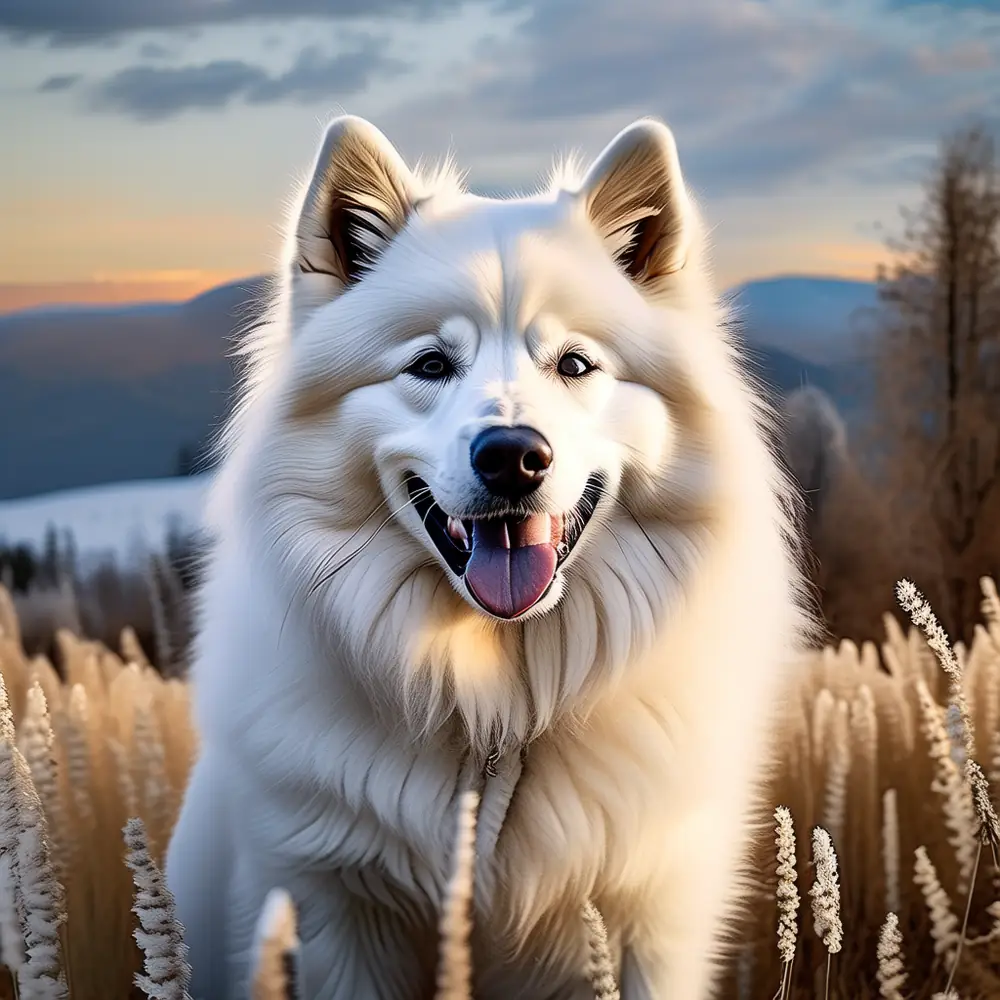Unleash the Best in Your Canine Friend: Top Dog Training Tips
Training your dog is not just about teaching them to sit and stay; it's a crucial part of building a strong, loving relationship with your pet. A well-trained dog is happier, safer, and more enjoyable to be around. Plus, it can make your life as a pet owner much easier. Whether you're bringing home a new puppy or looking to improve your adult dog's behavior, these tips will help you get started on the right paw.
Start Early and Be Consistent: The earlier you start training, the better. Puppies are like sponges, soaking up everything they learn. Begin with basic commands like "sit," "stay," and "come." Use the same words and gestures every time, so your dog learns to associate them with specific actions. For example, always say "sit" and gently press down on their hindquarters, followed by a treat and praise. Consistency is key, so ensure everyone in your household uses the same commands and rewards.
Use Positive Reinforcement: Dogs respond best to positive reinforcement, which means rewarding good behavior rather than punishing bad behavior. When your dog does something right, give them a treat, verbal praise, or a favorite toy. This positive feedback encourages them to repeat the behavior. For instance, if your dog comes when called, reward them immediately with a small treat and a pat. Over time, they'll understand that coming when called leads to good things.
Keep Training Sessions Short and Fun: Dogs, especially puppies, have short attention spans. Keep training sessions brief—about 5-10 minutes at a time—and make them fun. Use games and playtime to reinforce commands. For example, play a game of fetch while practicing "drop it" and "leave it." This keeps your dog engaged and makes learning feel like a fun activity rather than a chore.
Be Patient and Stay Calm: Patience is a virtue when it comes to dog training. Every dog learns at their own pace, and some may take longer to grasp certain commands. If your dog isn't responding, don't get frustrated or angry. Instead, take a break and try again later. Remember, your tone and body language can affect your dog's mood and behavior. Stay calm, and your dog will be more likely to stay calm and focused.
- Always use a happy, encouraging tone during training.
- End each session on a positive note, even if it means asking for a command your dog already knows.
- Gradually increase the difficulty of commands as your dog masters the basics.
- Practice in different environments to help your dog generalize the commands.
A Mini Caution:
A common mistake is to overcomplicate training. Stick to one command at a time and only move on to the next once your dog has mastered the current one. Overloading your dog with too many commands at once can lead to confusion and frustration for both of you.
Remember, the goal of training is to strengthen the bond between you and your dog while ensuring they are well-behaved and safe. With patience, consistency, and a lot of love, you'll be amazed at what your canine friend can achieve.
